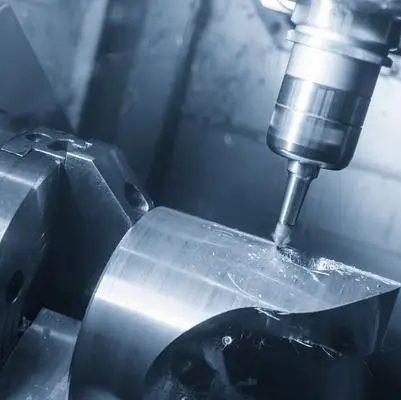How Can the Cost of CNC Milling Brass and Copper Parts Be Reduced?

Optimizing several machining process elements, including material selection and machining techniques, is necessary to reduce the cost of CNC milling brass and copper parts. The cost of CNC machining copper and brass can be decreased by using the following methods:
Material Selection:
l Select economical brass alloys: Given that brass alloys differ in price, choosing the right one for your project can help you save money. One example of an alloy that can be machined more easily and at a lower cost and time is free-machining brass.
Consider recycled brass or copper: Recycled copper and brass can be obtained at a considerably reduced price compared to virgin materials, all without sacrificing quality. This choice can further lower production costs and is more environmentally friendly.
Effective Design:
l Improve the geometry of the part: Reduce the number of exact measurements, eliminate extraneous components, and simplify shapes. Tight tolerances and complex geometries wear down the tools and lengthen the machining process, which raises expenses.
l Minimize material waste: Parts should be arranged neatly on raw material sheets to reduce waste. By utilizing the raw material efficiently, this optimization lowers the cost of the material.
Tooling and Cutting Parameters:
l Select appropriate cutting tools: Select appropriate cutting tools based on geometry, material, and coating when working with copper or brass. Appropriate tool selection guarantees effective machining and reduces tool wear, thereby reducing total expenses.
l Optimize cutting parameters: When machining brass or copper, adhere to the prescribed feed rates, cutting speeds, and depths of cut. Enhancing the cutting parameters prolongs the life of the tool, improves machining efficiency, and decreases tool wear.
l Implement tool wear monitoring: Monitor tool wear and replace tools as soon as possible to avoid tool breakage and maintain dependable machining performance. Replace your tools as soon as possible to ensure economical machining and prevent defective parts.
Machining Process Optimization:
l Employ adaptive machining: Adaptive machining lowers tool wear and boosts productivity by instantly changing the cutting parameters in response to feedback.
l Consider dry machining: By eliminating the need for cutting fluids, dry machining has the potential to save costs and have a less negative impact on the environment. It does, however, require careful tool selection and parameter optimization.
Production Optimization:
l Batch machining: By optimizing the use of cutting tools and machine time, batch machining can lower costs per part.
l Automation and robotics: Robotics and automation implementation can speed up production overall, increase output, and save labor costs.
Regular machine maintenance: Maintain and service CNC machines regularly to maximize their lifespan and reduce downtime. Preventive maintenance guarantees optimal machine performance while lowering repair costs.
By using these techniques, you can successfully reduce the cost of CNC milling brass and copper parts while maintaining stringent quality standards.
- Art
- Causes
- Crafts
- Dance
- Drinks
- Film
- Fitness
- Food
- Games
- Gardening
- Health
- Home
- Literature
- Music
- Networking
- Other
- Party
- Religion
- Shopping
- Sports
- Theater
- Wellness


